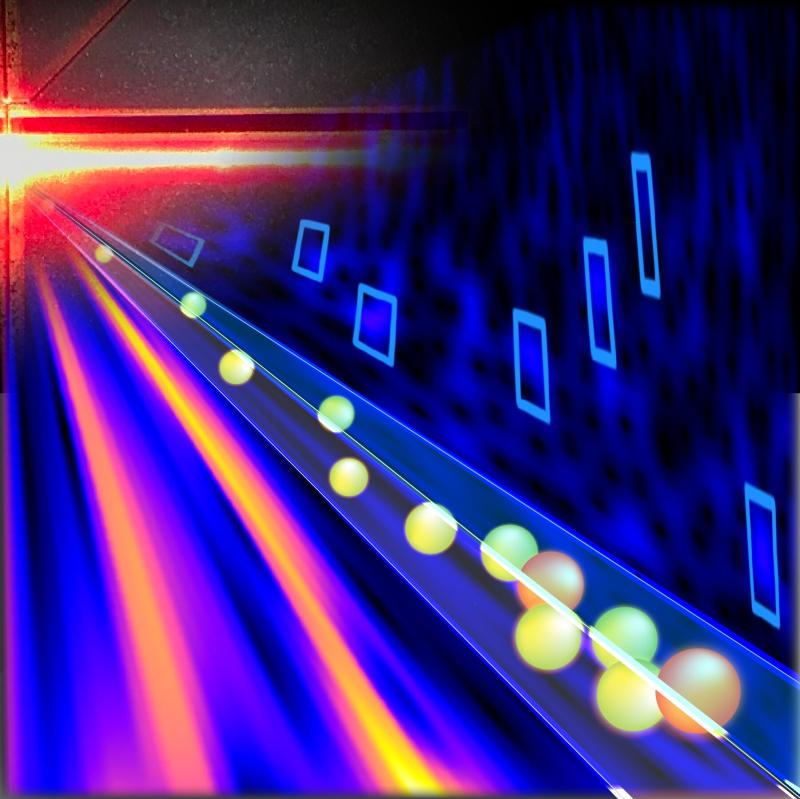According to media reports, researchers at Aalto University have developed an optoelectronic device with an external quantum efficiency of up to 132%. This unlikely feat was achieved by using nanostructured black silicon, which could be a major breakthrough for solar cells and other photodetectors. If a hypothetical photovoltaic device has an external quantum efficiency of 100 percent, that means that every photon that hits it produces an electron, which is collected as electricity through a circuit.
And this new device not only achieves 100 percent efficiency, but more than 100 percent. 132% means an average of 1.32 electrons per photon. It uses black silicon as the active material and has a cone and columnar nanostructure that can absorb ultraviolet light.

Obviously you can't create 0.32 extra electrons out of thin air, after all, physics says that energy can't be created out of thin air, so where do these extra electrons come from?
It all comes down to the general working principle of photovoltaic materials. When a photon of the incident light hits an active substance, usually silicon, it knocks an electron out of one of the atoms. But in some cases, a high-energy photon can knock out two electrons without breaking any laws of physics.
There is no doubt that harnessing this phenomenon can be very helpful in improving the design of solar cells. In many optoelectronic materials, efficiency is lost in a number of ways, including when photons are reflected off the device or electrons recombine with the "holes" left in the atoms before being collected by the circuit.
But Aalto's team says they have largely removed those obstacles. Black silicon absorbs more photons than other materials, and the tapered and columnar nanostructures reduce electron recombination on the material's surface.
Overall, these advances have enabled the external quantum efficiency of the device to reach 130%. The team's results have even been independently verified by Germany's national Metrology Institute, the PTB (German Federal Institute of Physics).According to the researchers, this record efficiency could improve the performance of basically any photodetector, including solar cells and other light sensors, and the new detector is already being used commercially.




















